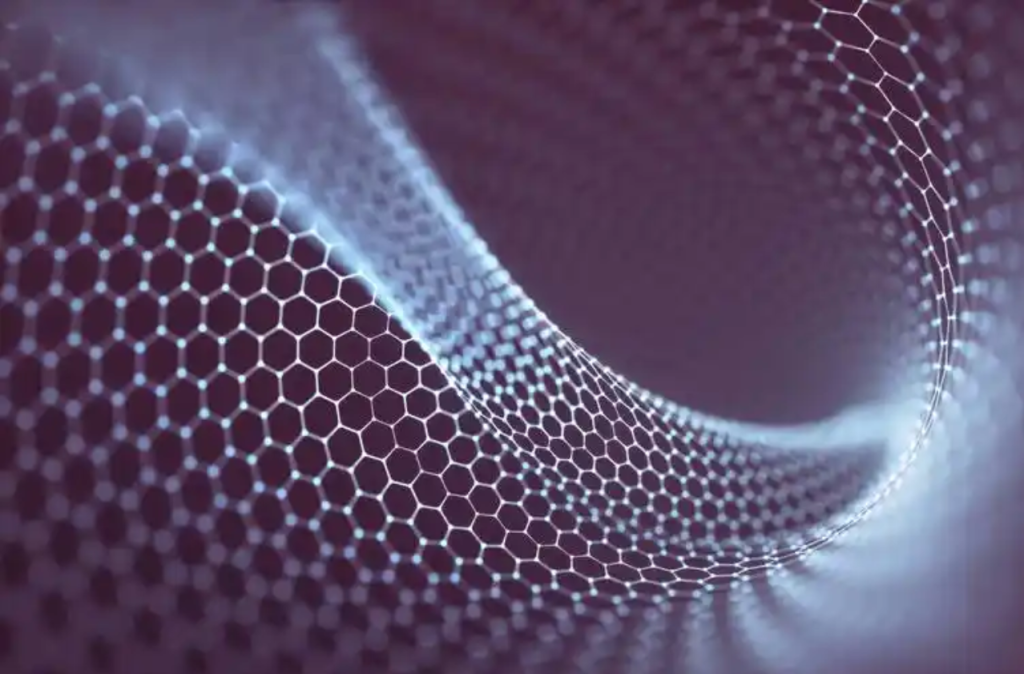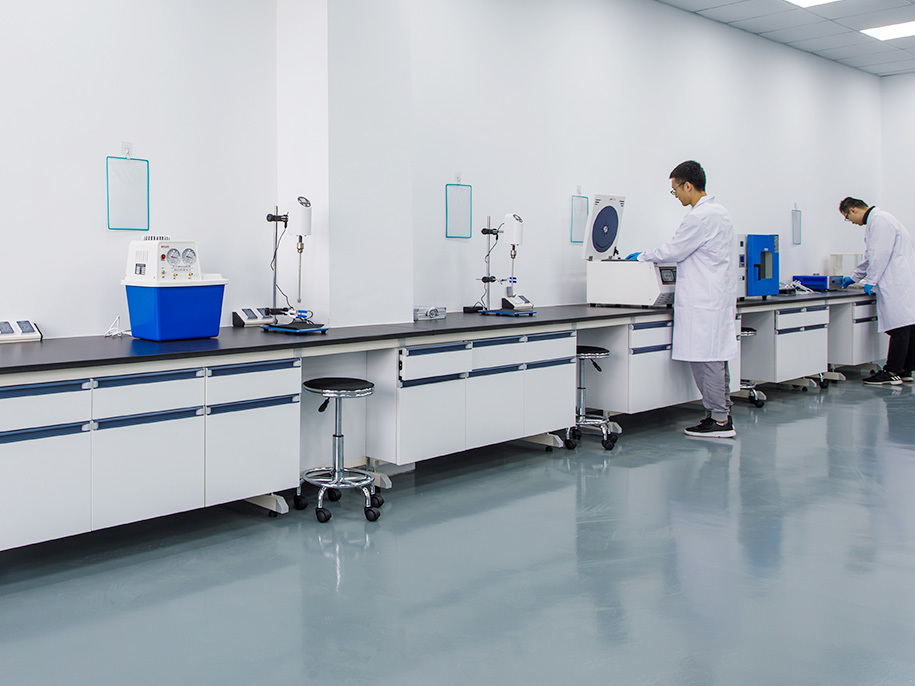Graphene in High-Temperature Resistant Coatings
Graphene, with its extraordinary thermal stability, excellent mechanical strength, and resistance to oxidation, has become a valuable additive in the development of high-temperature resistant coatings. These coatings are designed to protect substrates from extreme heat, oxidation, and thermal degradation, making them essential in industries such as aerospace, power generation, metallurgy, and automotive manufacturing.

Key Properties of Graphene for High-Temperature Applications
- High Thermal Stability:
Graphene remains stable at temperatures exceeding 600°C in air and up to 3000°C in an inert atmosphere. - Exceptional Thermal Conductivity:
With a thermal conductivity of up to 5300 W/m·K, graphene efficiently dissipates heat, preventing thermal hotspots and improving temperature uniformity. - Oxidation Resistance:
Graphene protects underlying substrates from oxidation at high temperatures by forming a barrier layer. - Mechanical Strength:
Graphene’s tensile strength (130 GPa) ensures the coating remains durable under thermal stress and mechanical wear. - Barrier Properties:
Its impermeability to gases prevents the diffusion of oxygen and other reactive species that can degrade materials at high temperatures.
Applications of Graphene in High-Temperature Resistant Coatings
1. Aerospace Industry
- Use Case:
Aerospace components, such as turbine blades, exhaust nozzles, and heat shields, are exposed to extreme heat during operation. - Graphene Solution:
Graphene-enhanced ceramic coatings improve thermal resistance while reducing oxidation and thermal fatigue. - Example:
A graphene-based coating applied to jet engine components demonstrated a 20% increase in oxidation resistance compared to conventional ceramic coatings.
2. Power Generation
- Use Case:
Boilers, turbines, and exhaust systems in power plants operate at high temperatures and are prone to thermal degradation. - Graphene Solution:
Graphene coatings on heat exchangers and turbines enhance heat dissipation, protect against oxidation, and extend service life. - Example:
In coal-fired power plants, graphene-based coatings on turbine blades reduced scaling and corrosion under high-temperature conditions.
3. Metallurgy
- Use Case:
Furnaces and kilns used in metal processing are exposed to extreme temperatures and corrosive environments. - Graphene Solution:
Graphene coatings on furnace walls and components improve thermal insulation, reduce heat loss, and prevent oxidation of refractory materials. - Example:
A steel manufacturing facility applied graphene-infused coatings to furnace linings, achieving a 15% reduction in energy consumption due to improved thermal efficiency.
4. Automotive Industry
- Use Case:
Exhaust systems, turbochargers, and engine components in vehicles experience high temperatures during operation. - Graphene Solution:
Graphene-enhanced coatings protect these components from heat-induced wear and oxidation, improving durability and performance. - Example:
Automotive exhaust manifolds coated with graphene-based high-temperature paints demonstrated enhanced thermal resistance and corrosion protection over traditional coatings.
5. Industrial Equipment
- Use Case:
High-temperature machinery, such as reactors, boilers, and heat exchangers, requires protection against thermal stress and oxidation. - Graphene Solution:
Graphene coatings offer a lightweight, durable, and thermally stable solution for such equipment. - Example:
Reactors used in petrochemical plants benefitted from graphene coatings by reducing oxidation and increasing equipment lifespan.
Advantages of Graphene-Based High-Temperature Coatings
- Enhanced Thermal Resistance:
Graphene coatings withstand extreme heat without degradation. - Improved Durability:
The coatings resist thermal fatigue and mechanical wear, ensuring long-term performance. - Superior Oxidation Protection:
Graphene creates an impermeable barrier, preventing oxidation of underlying materials at high temperatures. - Lightweight and Flexible:
Compared to traditional ceramic or metallic coatings, graphene coatings are lightweight and easy to apply. - Cost Efficiency:
Graphene coatings reduce maintenance and downtime costs by extending the lifespan of components and structures.
Challenges and Future Developments
Challenges:
- Dispersion: Achieving uniform dispersion of graphene in the coating matrix to ensure consistent performance.
- Cost: High production costs of graphene remain a barrier to widespread adoption.
- Scalability: Developing scalable manufacturing processes for large-scale applications.
Future Directions:
- Hybrid Coatings: Combining graphene with ceramic or metallic materials to create composite coatings with synergistic properties.
- Environmentally Friendly Solutions: Developing graphene coatings with minimal environmental impact during production and application.
- Advanced Applications: Exploring graphene’s potential in next-generation high-temperature applications, such as hypersonic vehicles and fusion reactors.
Conclusion
Graphene-based high-temperature resistant coatings offer transformative benefits for industries operating under extreme heat conditions. With ongoing advancements in graphene production and coating technologies, these solutions are set to revolutionize thermal management and material protection across various sectors.

